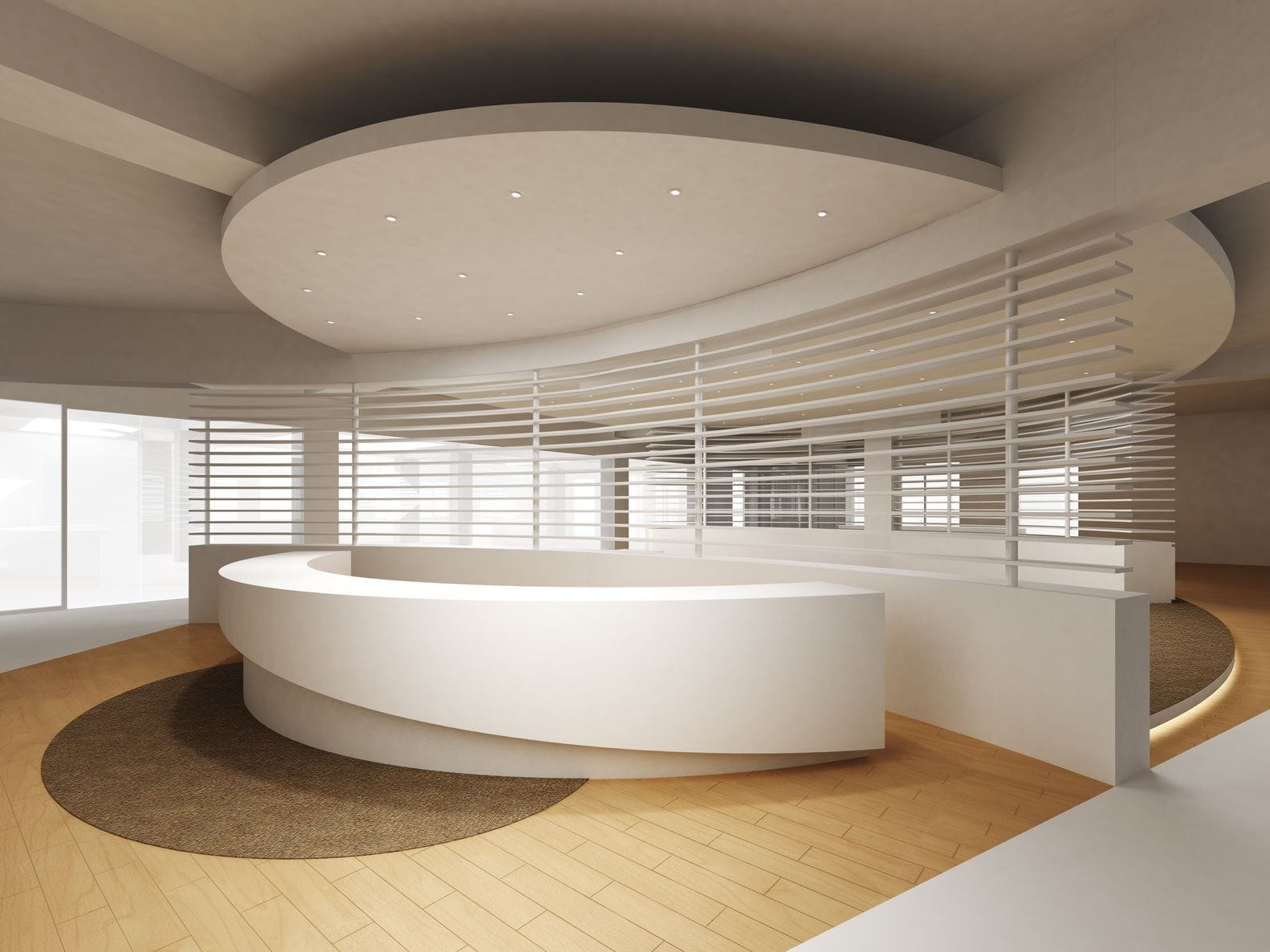8th September 2021
iGen and the Technologically Advanced Workspace

Trends in workplace design for the remaining months of 2016 and into 2107 are all about designing for people. With increasing awareness from employers around taking care of their employees’ wants and needs which in turn increases productivity, gives higher retention levels and lowers turnover, healthier, happier workplaces are now intrinsically linked to an improved bottom line.
With Generation Z, or iGen, beginning their passage into full time work at the end of a traditional school to university to workplace journey, where technology has been something that we have to adapt to, Gen Z (those born between 1994 and 2010) have never known a world without the internet and a PC in the home. With a far greater access to technology than any generation before them, not only are their minimum expectations tech-fuelled, but their attraction and retention to employers will also be based on the future proofed office space.
As more Baby Boomers retire, it is the Millennials, born between the early 1977 and 1995 and Generation X born from 1965 to 1976 who will hold the largest generation stake in the workplace. Amazing to think that Generation X got all the way to the end of their university studies before essays needed to be typed! Of course, as technology continues to catapult through change at the speed of light, the skills shortfall means companies are keen to recruit iGens as soon as they graduate.
The growth of wearable technology such as watches from which one can text, email and answer a phone call as well as the use of tablets as work tools continue to influence design. The launch in 2015 of the iPad Pro- larger than all previous iPad models and the first iPad tablet to feature LPDDR4 RAM and Windows Surface Pro models show the ability for tablets to replace laptops allowing increased mobility. As we write, rumours are abundant for the release of the next Surface Pro in just two days from now and the iPad Pro, perhaps in March 17.
With both changes in technology and shifts in organisational cultures likely as iGen flood into the workplace, workspaces with flexibility built in and technology enabling instant access become more prevalent. iGen have never been ruled by opening times, Sunday Trading nor- for those with a long enough memory, the three day week. Instead, life is 24-7 and downtime is what you give your smart phone when it gets too hot!
It is increasingly difficult to predict which job functions will still be vital in five years time so accurate predictions of staffing requirements for the future are almost impossible.
As the Millennials begin to take over the management roles from which the Baby Boomers are retiring, key decision makers, for the first time, have experienced both cubicle and open office workspaces. They are aware of how the workplace can affect the people that work within it meaning more companies will- we predict, place workplace design high on the list of priorities.
What do we consider vital to the flexible workspace? In terms of technology, desktop modules allow quick connectivity of devises. Wireless charging is gaining momentum, beginning with phone handsets built to support this feature. Apple are rumoured to be working on wireless charging for their next iPhone. With that launch will come the determining feature for wireless charging being embraced in the workplace- and soon becoming the norm! Therefore furniture with built in wireless charging should be considered moving forwards.
Shared displays to promote collaboration or connections to shared displays are also on the horizon. Dual sided touch screens, monitor arms that let team members turn and show their screen to others nearby, shared desks or meeting tables with built in touch screens will find their home in many workspaces. Devices such as Google Chromecast or Apple TV- already popular as at home devices, allow wireless streaming from laptop, tablet or phone to another screen. And when it comes to the biggest frustration of all- Internet speed, LiFi is a new innovation that provides an Internet connection at 100 times faster than WiFi’s current speeds. LiFi carries wireless data using light. It is restricted, therefore, by walls, but is ideal for open plan office designs. It is expected to be a huge multi-billion dollar industry by 2022.
This said, although the open office increases collaboration, as we have written about in previous blogs, many employees desire more privacy to allow them to focus. The introduction of pods provides short periods of privacy as required. Strategically placed, pods- often bright in colour, remove background noise and stop office footfall from being a distraction.
Workspaces can also be designed as activity-based zones. Quiet zones can be incorporated for employees who want to concentrate without interruption and with the reduction of background noise. Although 66% of employees believe that they are more efficient when working in close proximity and collaboratively with others, others require solitude and silence. When considering activity based zoned workspaces, design should be used to promote specific use, acoustics, layout of furniture and ergonomics meaning employees have options on how to work empowering the individual and engaging the workforce as a whole.